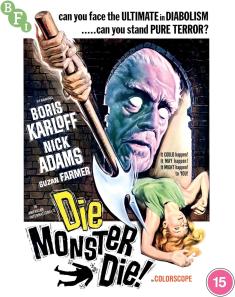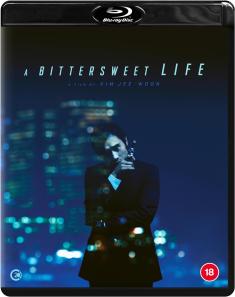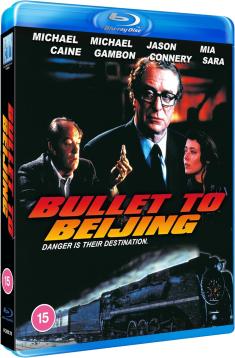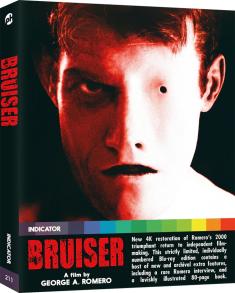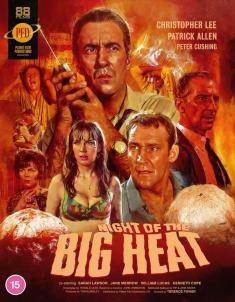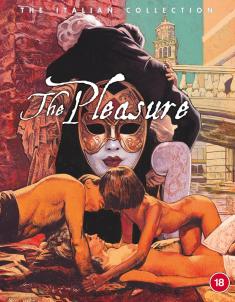To the Moon
Overview -
In 2011, Freebird Games, with Kan Gao at its center, released 'To the Moon,' a story-intensive game built using the SNES-looking RPG Maker engine. As an independent title, the game's persistence in finding players is a credit to the indie scene. While Freebird Games has been teasing a sequel for some time, the tiny company is still working to release the tangentially related 'A Bird Story.' Even so, Freebird Games recently released free story DLC for 'To the Moon,' making this a perfect time to revisit the title.
Video Review
RPG Maker visual style, which hearkens back to SNES era RPGs like 'Final Fantasy II & III' (or really IV-VI) is a joy for fans of that style. The main story setting is the most impressive, but various memory settings are also executed well. The game runs in a low 640 x 480 resolution but scales quite effectively, even up to 2560 x 1440. HUD elements and menus are rare. With such a stylized look, the game may not be attractive to younger gamers. Likewise, the game lacks for the colorful monsters and labyrinths usually found in games of a similar visual style.
Audio Review
As with the visuals, the audio follows a style template of early 90's RPGs. There is not any voice acting, and sound effects are minimal. Instead the game features Kan Gao's compositions, a clear source of pride for the developer. Without the battle screens and dungeons of similarly styled games, the music is left to punctuate the story, which it does well.
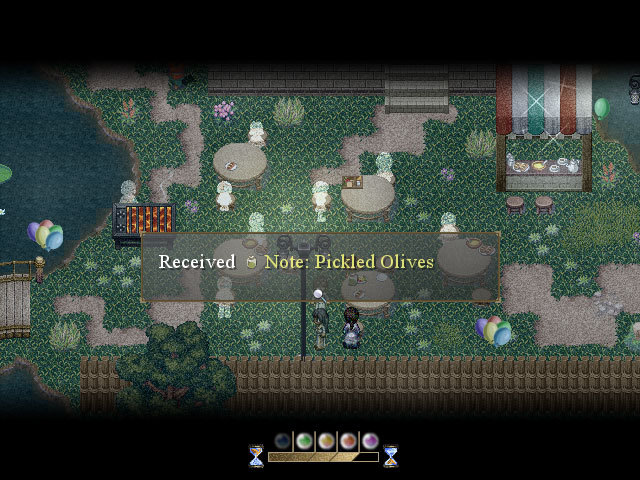 |
Revisiting 'To the Moon' is an easy to way to recall how delightful the game and its story was the first time around. Many find Pixar movies to be the end-all be-all of sentimental story-telling, but 'To the Moon' scores a point for indie video games. On the one hand, just highlighting the story or the visuals can rob the game of significance, but consider the game as a whole and its experience is laudably unique. Hopefully the sequel makes it our way soon.
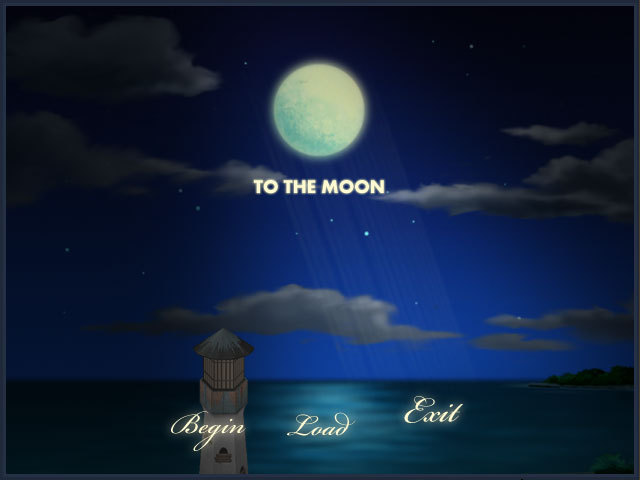 |
Click here to view comments on this review





